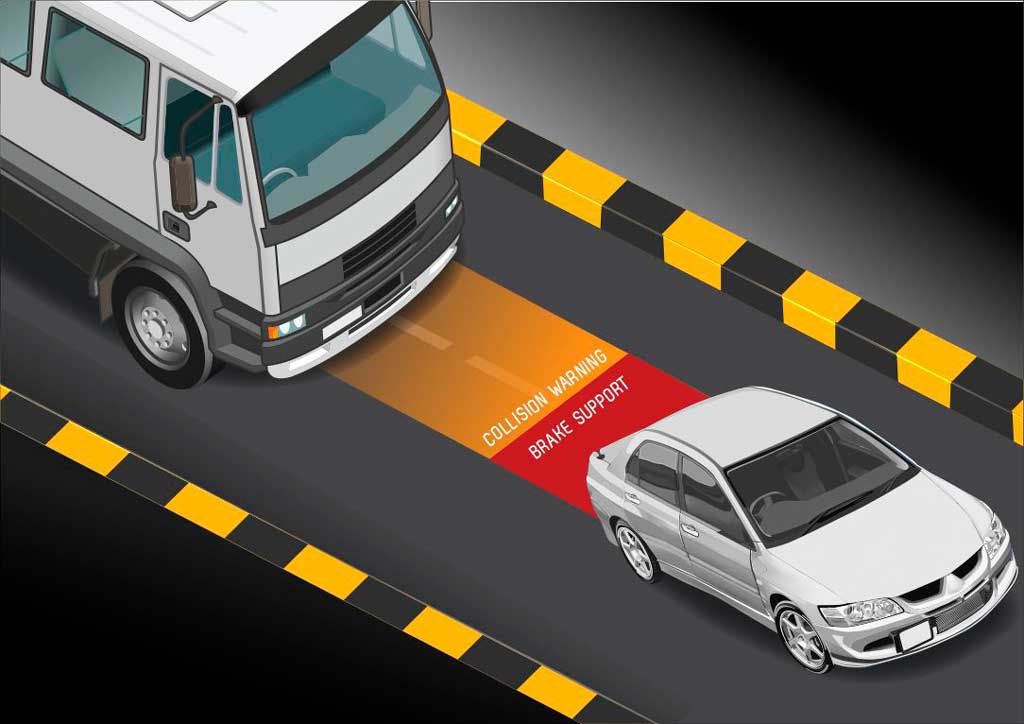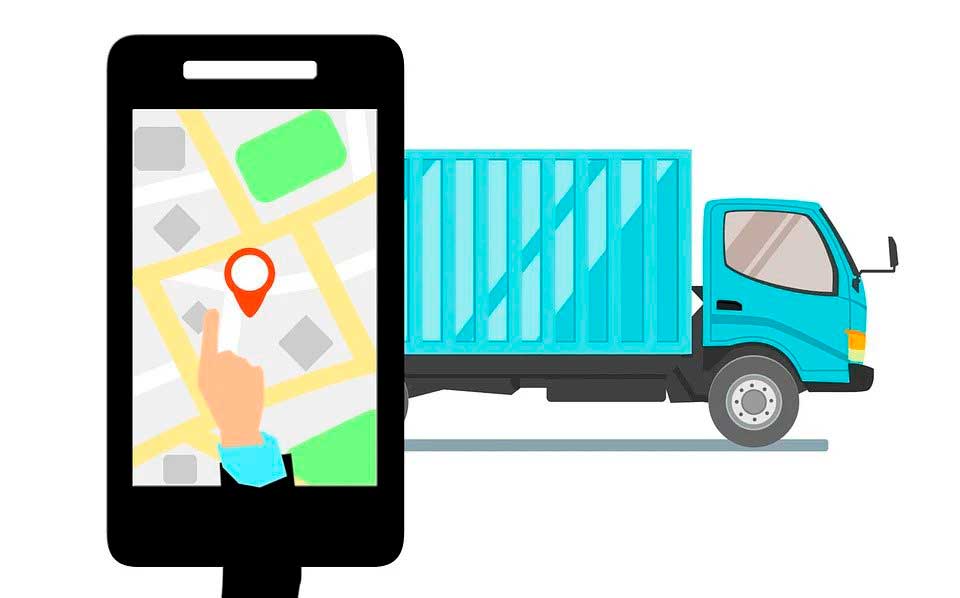Mumbai-based Sixth Sensor Technology is banking on an indigenously built collision avoidance or precrash system – ‘6th Sense’ to prevent and reduce the severity of road accidents.
Story by: Deepti Thore
India ranks first with the highest number of road accidents registered in the world. An estimated 16 people die every hour. Here 80 per cent of the accidents are caused by a human error with a window of only 15 seconds known to be at hand to avoid it. On a mission to make Indian roads safer, Mumbai-based Sixth Sensor Technology claims to have directly saved 250 plus lives till date. The emerging company claims to have done so using its indigenously built collision avoidance or precrash system – ‘6th Sense’. Aimed at the aftermarket segment, the precrash system is claimed to have found its way in some of India’s biggest fleets with the company’s clientele boasting of heavy-weights like Ashok Leyland, Mahindra, VRL logistics and MSRTC to name a few. 6th Sense is claimed to have made deep inroads into segments like commercial buses, school buses, commercial trucks, mining vehicles, oil tankers and cash vans.
Choice of Technology
 6th Sense relies more upon Radio Detection And Ranging (RADAR) an object-detection, electronic device that uses an ultra-high frequency or microwave part of the radio frequency spectrum to determine the position or range of a stationary or moving vehicle or object. Admitting to the combination of RADAR and LiDAR, providing a 360-degree view of the vehicle surrounding and commonly known to act as an eye of self-driving vehicles together with camera-based devices to be an ideal solution, Dagli said cost often dictates the go-to-market strategy. For camera-based systems, Dagli advocated the use of a powerful AI algorithm backed by high-quality hardware to ensure a higher degree of precision. For instance, for the algorithm to kick in, in relation to the obstacle.
6th Sense relies more upon Radio Detection And Ranging (RADAR) an object-detection, electronic device that uses an ultra-high frequency or microwave part of the radio frequency spectrum to determine the position or range of a stationary or moving vehicle or object. Admitting to the combination of RADAR and LiDAR, providing a 360-degree view of the vehicle surrounding and commonly known to act as an eye of self-driving vehicles together with camera-based devices to be an ideal solution, Dagli said cost often dictates the go-to-market strategy. For camera-based systems, Dagli advocated the use of a powerful AI algorithm backed by high-quality hardware to ensure a higher degree of precision. For instance, for the algorithm to kick in, in relation to the obstacle.
Wider acceptance in CVs
Explaining the reason for the precrash system finding relatively higher traction in commercial vehicles, mentioned Paritosh Dagli, Director, Sixth Sensor Technology Pvt. Ltd., “The penetration level in the aftermarket segment is in favour of CVs primarily because private vehicle owners on the face of it are not keen to invest in an aftermarket product.” He added, “Just the size of commercial vehicles and them plying on the road for 10-12 hours a day, especially on highways makes them more vulnerable.” The 6th Sense precrash system is claimed to be very effective as it warns drivers using an alarm-based function. It is triggered in a potentially dangerous situation of a likely collision wherein it takes over the braking controls. Claimed Dagli that it has been able to single-handedly reduce the incidence of road accidents by 80 per cent. From 12-15 accidents every month to about two accidents. Dagli additionally admitted to mechatronic failures as a cause of concern among customers that the industry is working to address.
Striving for a lowcost solution
Hailing it as India’s first aftermarket collision avoidance system, Sixth Sensor Technology is striving to offer a low-cost solution in the price-sensitive market. Albeit selling safety products in India is a challenge according to Dagli. With safety systems yet to find wider acceptance and feature among priority buys in India, higher penetration in the market is a distant dream. Sans the apt economies of scale, the company found it tough to offer a low-cost solution in the absence of a market pull. Dagli opined that there was scope to bring costs pertaining to electronics down once the company attains higher sales volumes. The company is additionally redesigning the hardware to be able to completely remove non-essential components besides looking at lowering operational costs on the intangibles front. For now, adding to the woes is the pandemic. For instance, a chunk of its electronics import from China is stuck in customs even as the global automotive export hub attempts to restore normalcy.
Learning from the supply chain bottleneck owing to a high dependency on China, the company going forward will look to spread out. “Definitely after this episode of disaster, we might have to really think of not putting all eggs in one basket. Crucial is to get the China cost-benefit from other markets.” The company is exploring strong parts procurement alternatives to China in markets like Taiwan and Singapore. For now, the company has ensured that the cost of this product does not exceed beyond a fraction equivalent to one per cent of the total cost of the vehicle.
OEM pull
Original Equipment Manufacturers are increasingly offering precrash systems as a standard or optional fitment. On customers getting early access to it and the arrangement negatively impacting the aftermarket space which 6th Sense is targeted at, opined Dagli that as a ripple effect it would boost the aftermarket demand. No wonder the company has already partnered three major OEMs and is open to more such collaborations. In either market scenario, for Advanced Driver Assistance Systems (ADAS), awareness continues to remain a big challenge. The estimated 10x increase in vehicular population is expected to only further drive the demand for precrash systems. The less than five per cent penetration of pre-crash systems in the country could well give the company the early movers advantage.
Competing with big international players in the automotive safety space like Robert Bosch GmbH, ZF Friedrichshafen AG, Wabtec Corporation, Continental AG, Denso Corporation, Mitsubishi Electric Corporation, Valeo, Delphi, Siemens AG, HARMAN International, Autoliv Inc., and Honeywell International Inc, Sixth Sensor Technology is confident of creating a niche identity. Claiming to have an edge with its products tried and tested to best suit Indian roads, Dagli reiterated the growth opportunities for both domestic and international players alike. To ensure the product stays on course with globally benchmarked markets, the company has aligned product development with the ISO 1563 standard and the UN 131 regulation standard.
Future scope
Founded in 2012, the company in the near term expects safety to take a backseat with the pandemic hitting the economy hard. Over the medium to long term, the company expects the evolution of ADAS systems to go hand in hand with other major trends like electrification and bring about a big revolution in the Indian automobile industry. OEMs are expected to lead the next big leap according to Dagli. Besides developing affordable quality solutions, and going through with several iterations before commercial release like in the case of its flagship product, the company wants to expand its product portfolio. According to Dagli, a state-of-the-art comprehensive system with considerations of safety, driver evaluation and data mining abilities capable of providing customers with valuable real-time insights into the driving pattern, vehicle movement and fuel efficiency is under works.
The new product range will include a diverse range of solutions, from collision warning system, driver evaluation system, vehicle tracking system to a sleep alert system, driver authentication system and adaptive cruise control. The company is especially hopeful of the flagship collision warning system finding takers. Introduced by the Government, the new safety norms are also said to have presented a clear roadmap for the company. Appreciative of the government prioritising the adoption of safety measures in the automotive industry, the company is hopeful of a bright future for ADAS systems. “It is not too far when such systems become mandatory installations in each vehicle,” signed-off Dagli as the co-founder aspires to make Indian roads safest by 2030. ACI














Leave a Reply